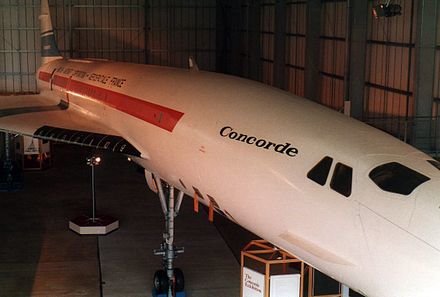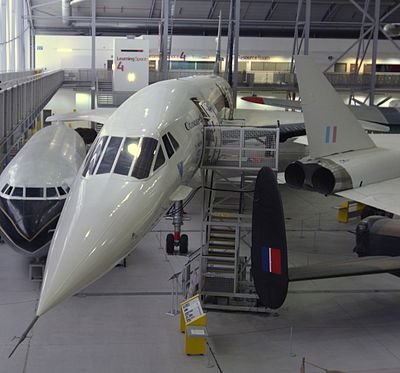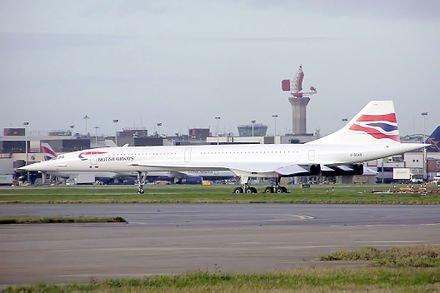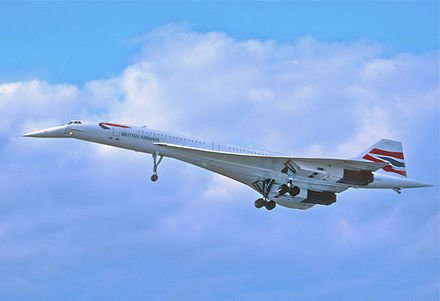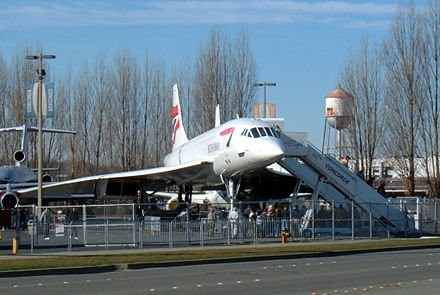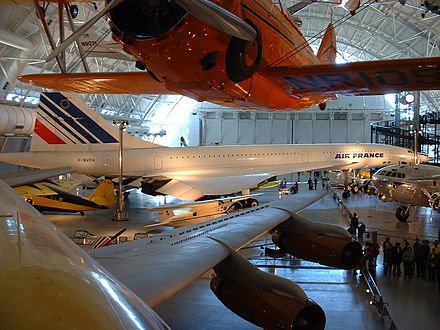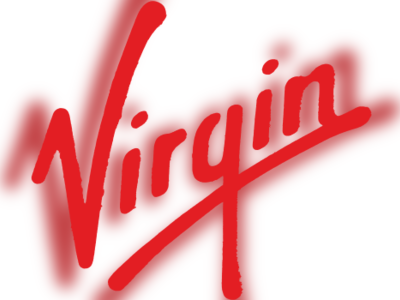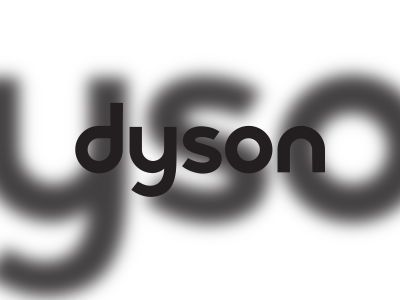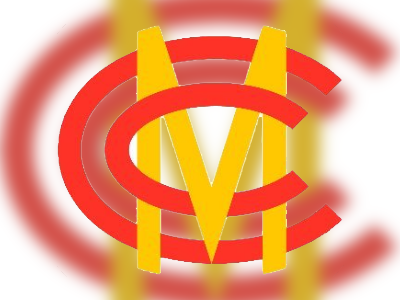British Heritage
Remember, Cherish, Learn.
beta
Concorde - The First Supersonic Airliner
A Testament to British Technological Legacy and Heritage.
Concorde, an impressive symbol of technological prowess and a beacon of British and French aviation history, was a Franco-British turbojet-powered supersonic airliner. It transcended the realms of modern air travel, charting new horizons with its Mach 2.04 capability, a speed exceeding twice the speed of sound. Concorde began soaring the skies in 1976, setting new benchmarks for airliners worldwide before retiring in 2003.
The Concorde was a magnificent testament to human ingenuity and ambition, and its legacy still resonates in the heart of the British heritage. Its service spanned across 27 years, leaving indelible marks on the pages of aviation history. Apart from the Soviet-built Tupolev Tu-144, Concorde was the only other supersonic jetliner to operate commercially, a testament to its unparalleled success and distinctiveness.
The Concorde fleet consisted of 20 aircraft. This included six models dedicated for developmental purposes and 14 that serviced commercial routes. All but two of these iconic aircraft are preserved, embodying the technological innovations of their time. Two unfortunate incidents resulted in the loss of two production aircraft: one was scrapped in 1994, and another met its demise in a tragic crash in 2000.
Developmental aircraft played a pivotal role in the Concorde story. They allowed for the rapid expansion of the flight envelope and the validation of design calculations for supersonic flight, which were of paramount importance. Both pre-production aircraft spearheaded the design evolution of Concorde, leading to significant modifications such as a new wing planform, augmented fuel capacity, enhanced engine standard, and revamped air intake systems.
Concorde was a product of international collaboration, built under the banner of an Anglo-French treaty by Sud Aviation (later Aérospatiale) and the British Aircraft Corporation. British Airways and Air France were the sole airlines to purchase and operate Concorde, each owning seven production aircraft. They catered primarily to affluent passengers, who were willing to pay a premium for the remarkable speed and luxury services provided by Concorde. A round-trip ticket in 1997 from New York to London came with a hefty price tag of $7,995, making it an exclusive privilege to a select few.
The Concorde programme was ambitious but expensive, with cost estimates of £70 million before 1962 ballooning to between £1.5 and £2.1 billion by 1976. This cost escalation was one of the primary reasons for the limited production run. Additionally, supersonic flights were constrained to ocean-crossing routes to avoid sonic boom disturbances over populated areas. This limitation combined with the high operational costs led to governmental absorption of the development costs, with both British Airways and Air France procuring their Concorde fleet at substantial discounts.
Concorde's regular transatlantic flights from London's Heathrow and Paris's Charles de Gaulle to New York's John F. Kennedy, Virginia's Washington Dulles, and Grantley Adams International in Barbados, underscored its supremacy in the field. Concorde covered these routes in under 3.5 hours, a significant leap from the eight hours required by subsonic commercial jets, thereby revolutionizing international air travel.
However, the Concorde era came to an end in 2003. The only fatal incident involving a Concorde occurred with Air France Flight 4590 in 2000, claiming the lives of all on board. The post-September 11, 2001 downturn in the commercial aviation industry, coupled with the termination of Concorde's maintenance support by Airbus, contributed to the decision to retire these majestic birds.
Despite its retirement, Concorde's legacy continues to inspire the aviation industry. It stands as an enduring testament to British and French aviation history and an extraordinary embodiment of the pioneering spirit that defined an era. Its high-speed, high-altitude journeys have left an indelible mark on the technological heritage of Britain, encapsulating the triumph of human endeavor and the relentless pursuit of progress.
The Concorde was a magnificent testament to human ingenuity and ambition, and its legacy still resonates in the heart of the British heritage. Its service spanned across 27 years, leaving indelible marks on the pages of aviation history. Apart from the Soviet-built Tupolev Tu-144, Concorde was the only other supersonic jetliner to operate commercially, a testament to its unparalleled success and distinctiveness.
A Legacy Carved in the Skies
The Concorde fleet consisted of 20 aircraft. This included six models dedicated for developmental purposes and 14 that serviced commercial routes. All but two of these iconic aircraft are preserved, embodying the technological innovations of their time. Two unfortunate incidents resulted in the loss of two production aircraft: one was scrapped in 1994, and another met its demise in a tragic crash in 2000.
Developmental aircraft played a pivotal role in the Concorde story. They allowed for the rapid expansion of the flight envelope and the validation of design calculations for supersonic flight, which were of paramount importance. Both pre-production aircraft spearheaded the design evolution of Concorde, leading to significant modifications such as a new wing planform, augmented fuel capacity, enhanced engine standard, and revamped air intake systems.
Concorde and the Tale of Two Nations
Concorde was a product of international collaboration, built under the banner of an Anglo-French treaty by Sud Aviation (later Aérospatiale) and the British Aircraft Corporation. British Airways and Air France were the sole airlines to purchase and operate Concorde, each owning seven production aircraft. They catered primarily to affluent passengers, who were willing to pay a premium for the remarkable speed and luxury services provided by Concorde. A round-trip ticket in 1997 from New York to London came with a hefty price tag of $7,995, making it an exclusive privilege to a select few.
The Concorde programme was ambitious but expensive, with cost estimates of £70 million before 1962 ballooning to between £1.5 and £2.1 billion by 1976. This cost escalation was one of the primary reasons for the limited production run. Additionally, supersonic flights were constrained to ocean-crossing routes to avoid sonic boom disturbances over populated areas. This limitation combined with the high operational costs led to governmental absorption of the development costs, with both British Airways and Air France procuring their Concorde fleet at substantial discounts.
A Supersonic Pioneer
Concorde's regular transatlantic flights from London's Heathrow and Paris's Charles de Gaulle to New York's John F. Kennedy, Virginia's Washington Dulles, and Grantley Adams International in Barbados, underscored its supremacy in the field. Concorde covered these routes in under 3.5 hours, a significant leap from the eight hours required by subsonic commercial jets, thereby revolutionizing international air travel.
However, the Concorde era came to an end in 2003. The only fatal incident involving a Concorde occurred with Air France Flight 4590 in 2000, claiming the lives of all on board. The post-September 11, 2001 downturn in the commercial aviation industry, coupled with the termination of Concorde's maintenance support by Airbus, contributed to the decision to retire these majestic birds.
Despite its retirement, Concorde's legacy continues to inspire the aviation industry. It stands as an enduring testament to British and French aviation history and an extraordinary embodiment of the pioneering spirit that defined an era. Its high-speed, high-altitude journeys have left an indelible mark on the technological heritage of Britain, encapsulating the triumph of human endeavor and the relentless pursuit of progress.
- Concorde aircraft historiesen.wikipedia.org

